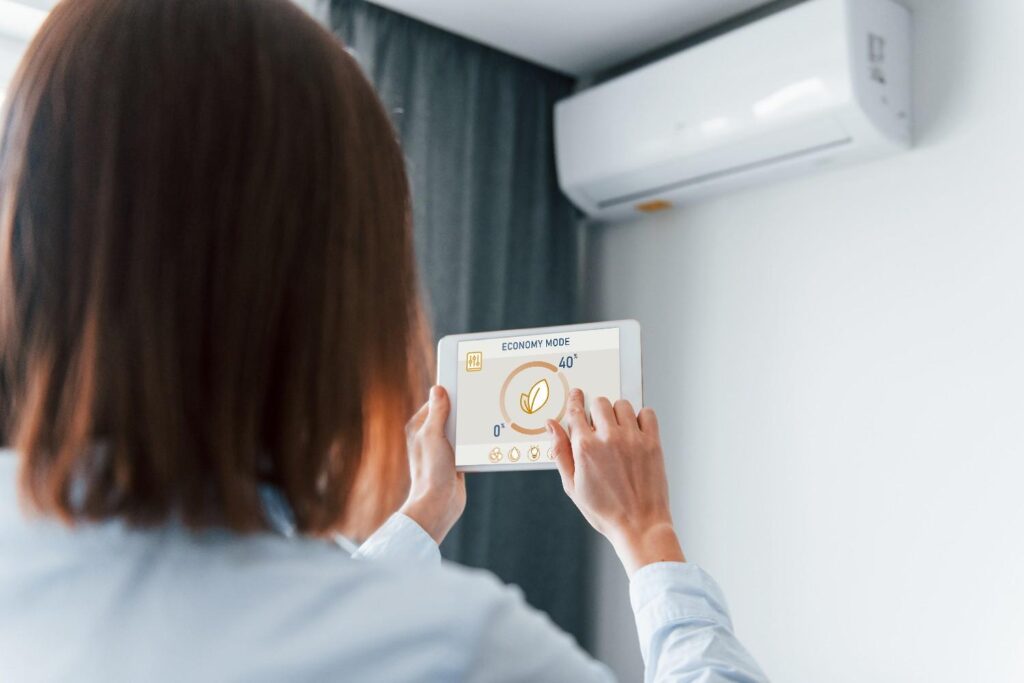Best HVAC Systems: Your Complete Guide to Energy-Efficient Home Comfort
When it comes to home comfort, choosing the right HVAC system can make all the difference between sweltering summers and chilly winters—or perfect indoor bliss. Finding the best HVAC systems for your home requires careful consideration of energy efficiency, performance, and long-term savings. Modern HVAC technology offers homeowners unprecedented control over their indoor climate while reducing energy costs. These systems combine high SEER ratings, reliable heating and cooling capabilities, and smart technology integration to deliver optimal comfort year-round.
Whether you’re replacing an aging system or installing new equipment, understanding the features that make the best HVAC systems stand out will help you make an informed decision. The right system depends on factors like your home’s size, local climate, and ductwork configuration, ensuring both comfort and efficiency for years to come. Let’s dive into what key features truly define the best HVAC systems on the market today.
This guide reflects current 2025 HVAC standards, including the SEER2 rating system implemented in 2023. SEER2 uses more rigorous testing conditions than the previous SEER system, providing more accurate real-world efficiency predictions. When comparing systems, ensure you’re looking at SEER2, EER2, and HSPF2 ratings for accurate performance comparisons.
Top-Rated Central Air Conditioning Systems
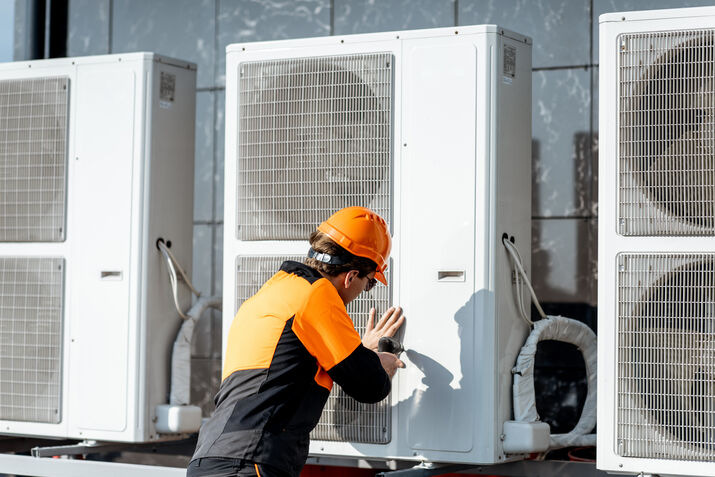
Central air conditioning systems are a cornerstone of home comfort, providing efficient and reliable cooling throughout your living space. Below, we explore the top options available, highlighting their features and benefits to help you choose the perfect system for your home.
High-Efficiency Heat Pumps
Heat pumps represent some of the best HVAC systems available today, offering both heating and cooling capabilities in a single unit. These energy-efficient systems work by transferring heat rather than generating it, making them incredibly cost-effective. Modern cold-climate heat pumps maintain efficiency even in extreme temperatures, with advanced models operating effectively down to -22°F or lower. The latest 2025 cold-climate models can retain full heating capacity at -13°F (-25°C) and continue functioning at 70% capacity even at -31°F (-35°C).
The seasonal energy efficiency ratio (SEER) for top heat pump models ranges from 18 to 22, significantly exceeding Energy Star requirements. These efficient HVAC systems provide consistent temperature control while reducing energy consumption by up to 50% compared to traditional systems.
Premium Central Air Conditioners
Central air conditioning remains a popular choice among the best HVAC systems for whole-home cooling. High-efficiency models feature SEER ratings of 16 or higher, with premium units reaching 26 SEER. These air conditioners utilize advanced compressor technology and precise refrigerant control to maintain optimal performance.
Variable-speed air conditioning systems adjust output to match cooling demands, preventing energy waste and maintaining consistent comfort. The best units incorporate features like two-stage cooling, which operates at lower capacity during mild weather and full capacity during peak demand periods.
Energy Efficiency Features in Best HVAC Systems

Energy efficiency is a crucial factor when selecting the best HVAC systems, as it directly impacts both your comfort and utility bills. Understanding the key efficiency features can help you choose a system that delivers optimal performance while saving energy and reducing costs.
SEER Ratings and Performance Metrics
Understanding SEER2 ratings helps homeowners identify truly efficient HVAC systems. SEER2 (Seasonal Energy Efficiency Ratio 2) replaced the original SEER rating in 2023, using updated testing conditions that better reflect real-world performance. The best HVAC systems typically feature SEER2 ratings of 15 or higher, with premium models exceeding 20 SEER2.
Key Efficiency Metrics for Best HVAC Systems (2025 Standards):
– SEER2 14-15: Meets minimum regional requirements
– SEER2 16-18: Good efficiency, potential Energy Star qualification
– SEER2 19-21: High efficiency, significant energy savings
– SEER2 22+: Premium efficiency, maximum long-term savings
– EER2 12+: Strong peak performance during extreme weather
– HSPF2 8.5+: Heat pump heating efficiency benchmark
– Energy Star Certification: SEER2 ≥17.0 for split systems as of 2025
Note: SEER2 ratings are typically 5-10% lower than equivalent old SEER ratings due to more rigorous testing conditions.
Variable-Speed Technology Benefits
Variable-speed motors represent a significant advancement in HVAC technology, allowing systems to adjust output precisely to match heating and cooling demands. This technology reduces energy consumption by up to 40% compared to single-speed systems while improving indoor air quality and comfort.
Variable-Speed Technology Advantages:
- Energy Savings: 30-40% reduction compared to single-speed systems
- Precise Control: Eliminates temperature swings and hot/cold spots
- Quiet Operation: Lower speeds mean reduced noise levels
- Enhanced Filtration: Longer run times improve air quality
- Humidity Control: Better moisture removal during cooling
- Extended Equipment Life: Reduced wear from constant cycling
The best HVAC systems incorporate variable-speed blowers, compressors, and heat exchangers to optimize performance across all operating conditions. This precision control eliminates temperature swings and maintains consistent humidity levels.
Regional Efficiency Requirements (2025 Update)
As of 2023, the Department of Energy implemented regional minimum efficiency standards using the new SEER2 testing methodology:
Northern Region (includes most northern states):
– Minimum SEER2: 14.0
– Includes states like New York, Illinois, Ohio, and Washington
Southern Region (includes southeastern states):
– Minimum SEER2: 15.0 for units under 45,000 BTU
– Minimum SEER2: 14.5 for units 45,000+ BTU
– Includes Alabama, Florida, Georgia, Texas, Virginia
Heat Pumps (nationwide):
– Minimum HSPF2: 8.8 (increased from previous 8.2 HSPF)
These requirements ensure systems perform efficiently in their specific climate zones while meeting updated testing standards that better reflect real-world conditions.
Smart Home Integration for Modern HVAC Systems
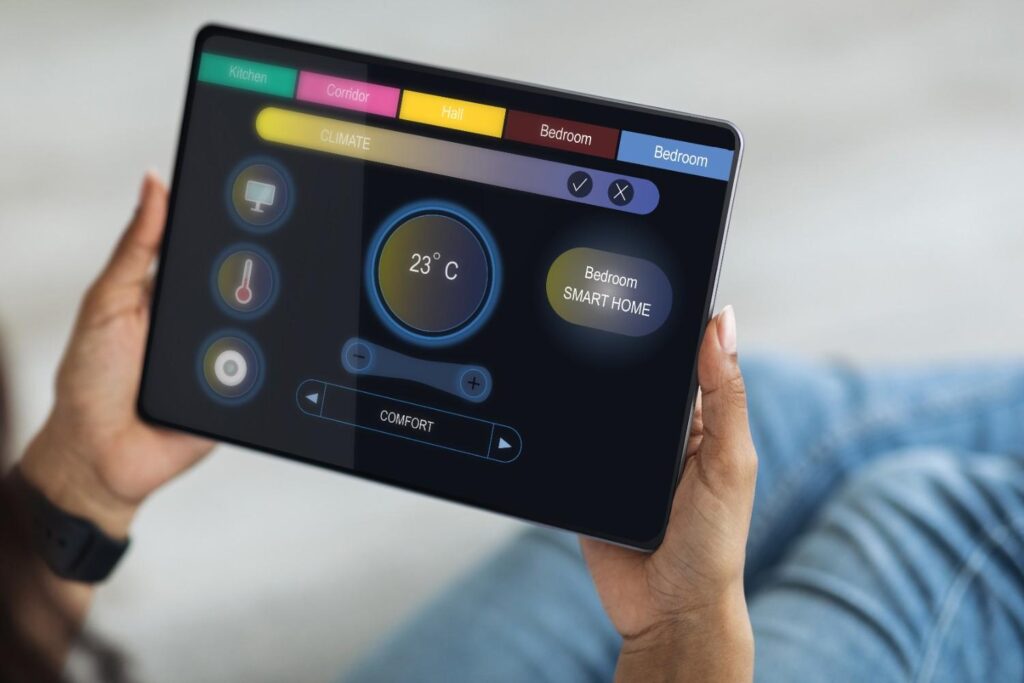
Smart home integration is becoming an essential feature of the best HVAC systems, enhancing both convenience and energy savings. By connecting your HVAC system to intelligent controls and devices, you can achieve precise temperature management and seamless operation tailored to your lifestyle.
Intelligent Thermostats and Controls
Smart thermostats transform ordinary HVAC equipment into intelligent climate control systems. These devices learn your schedule, adjust temperatures automatically, and provide detailed energy usage reports. Compatible with the best HVAC systems, smart thermostats can reduce energy costs by 10-20% through optimized operation. Advanced features include geofencing, integration with home automation systems, and remote control via smartphone apps, allowing you to manage your system from anywhere.
Zone Control Systems
Zoned HVAC systems represent the pinnacle of climate control technology, allowing different areas of your home to maintain individual temperature settings. This reduces energy waste by conditioning only occupied spaces while maintaining comfort where needed. These systems use multiple dampers, thermostats, and control panels to precisely manage airflow, making them especially beneficial in multi-story homes or those with varying sun exposure.
Top HVAC Brands and Their Best Systems
Choosing the right HVAC system for your home or business can feel overwhelming, given the variety of options and features available. To help you make a more informed decision, we’ve compiled an overview of the top HVAC brands known for their excellent reliability, energy efficiency, and innovative products. Whether you want a system suited for a tight budget or a premium line with advanced technology, these brands offer options to meet your specific needs and environment.
| Brand | Top Model | SEER2 Rating | Key Features | Noise Level |
| Carrier | Infinity Variable-Speed Heat Pump | Up to 22 | Smart home integration, variable-speed technology | 49 dB |
| Carrier | Infinity Central AC | Up to 24 | Industry-leading efficiency, reliable performance | 49-55 dB |
| Trane | XV20i TruComfort | Up to 22 | Variable-speed, cold-weather optimization | 50 dB |
| Trane | XR Series | 14.8-20 | Robust construction, weather-resistant design | 52-58 dB |
| Lennox | SL28XCV AC | Up to 26 | Premium efficiency, precise comfort control | 49 dB |
| Lennox | XP25 Heat Pump | Up to 23.5 | iComfort integration, advanced air quality | 51 dB |
Note: All ratings reflect current SEER2 standards implemented in 2023. These systems exceed regional minimums of SEER2 14-15, depending on location.
Why These Brands Represent the Best HVAC Systems:
- Carrier: Consistently produces the best HVAC systems with industry-leading efficiency ratings and innovative technology. Their focus on smart home integration makes systems compatible with various control platforms, perfect for both residential and commercial HVAC installation projects.
- Trane: Manufactures the best HVAC systems known for exceptional durability and consistent performance. Their focus on long-term performance and comprehensive warranty coverage makes them ideal for homeowners seeking reliable, efficient HVAC solutions.
- Lennox: Produces the best HVAC systems that combine the highest efficiency ratings with advanced features. Their emphasis on both efficiency and indoor air quality, incorporating advanced filtration and humidification capabilities, sets them apart in the market.
Ductless Mini-Split Systems: A Modern Alternative
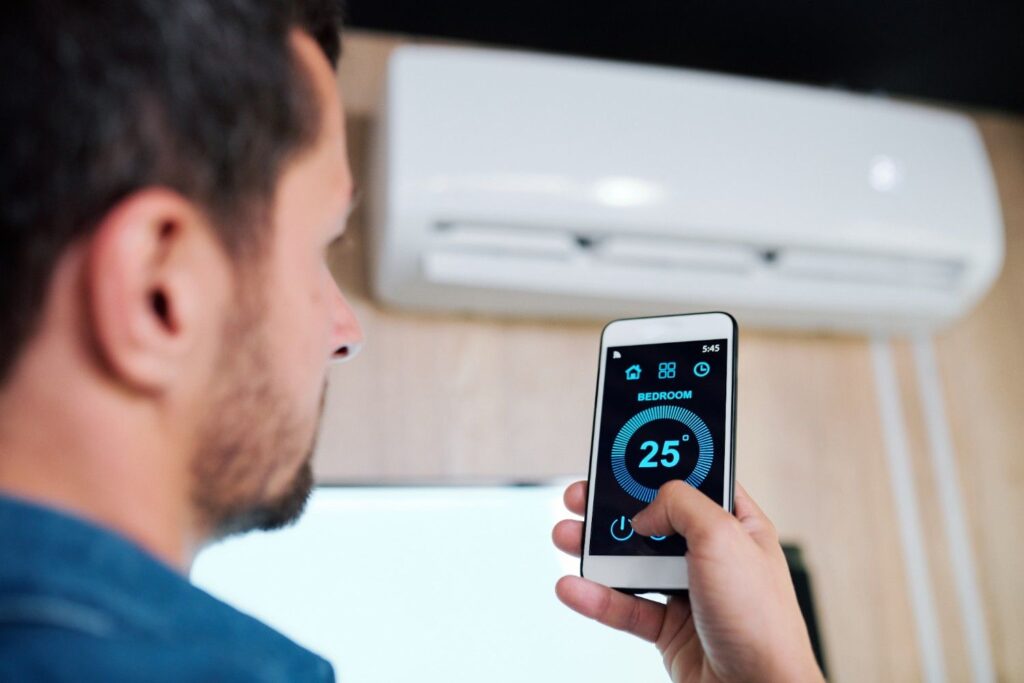
Ductless mini-split systems offer flexibility and efficiency, making them some of the best HVAC systems for homes without existing ductwork or for rooms needing independent climate control. These high-efficiency systems achieve SEER ratings exceeding 30 and use variable-speed inverter technology for precise temperature management and energy savings. Their easy installation and ability to connect multiple indoor units to a single outdoor unit provide zoned comfort throughout the home.
Installation Considerations for Best HVAC Systems
Proper installation is a critical step to ensure your HVAC system operates efficiently and reliably. Paying attention to key factors during installation can help you maximize comfort, extend system lifespan, and avoid costly repairs.
Professional Installation Importance
Proper installation significantly impacts the performance and longevity of even the best HVAC systems. Professional AC installation ensures correct sizing, proper refrigerant charging, and optimal ductwork configuration. Improper installation can reduce system efficiency by up to 30% and void manufacturer warranties.
Certified technicians understand the complexities of modern HVAC equipment and follow manufacturer specifications precisely. They also ensure compliance with local building codes and safety requirements, protecting your investment and family.
System Sizing and Load Calculations
Accurate load calculations determine the proper size for the best HVAC systems in your home. Oversized systems cycle on and off frequently, reducing efficiency and comfort while increasing wear. Undersized systems struggle to maintain comfortable temperatures and operate continuously, increasing energy costs.
Professional contractors use Manual J load calculations to determine heating and cooling requirements based on insulation levels, window types, orientation, and local climate conditions. This scientific approach ensures optimal system performance and efficiency.
Maintenance Requirements for Optimal Performance
Even the best HVAC systems require regular maintenance to maintain peak performance and efficiency. Professional service should include cleaning or replacing air filters, inspecting electrical connections, checking refrigerant levels, and testing system operation. Regular maintenance prevents minor issues from becoming major repairs while ensuring warranty coverage remains valid.
Essential Maintenance Tasks for Best HVAC Systems:
- Monthly Tasks:
- Check and replace air filters as needed
- Inspect thermostats for proper operation
- Clear debris from the outdoor unit
- Monitor air quality readings
- Seasonal Tasks (Spring & Fall):
- Professional system inspection and tune-up
- Clean evaporator and condenser coils
- Check refrigerant levels and pressures
- Test electrical connections and components
- Calibrate thermostat settings
- Inspect and clean ductwork
- Annual Tasks:
- Comprehensive system performance evaluation
- Replace UV lights for HVAC systems
- Check the humidification system operation
- Inspect and service advanced filtration systems
Most manufacturers recommend professional service twice yearly – once before heating season and once before cooling season. This preventive approach maximizes system lifespan while maintaining energy efficiency and indoor comfort.
Filter Maintenance and Air Quality
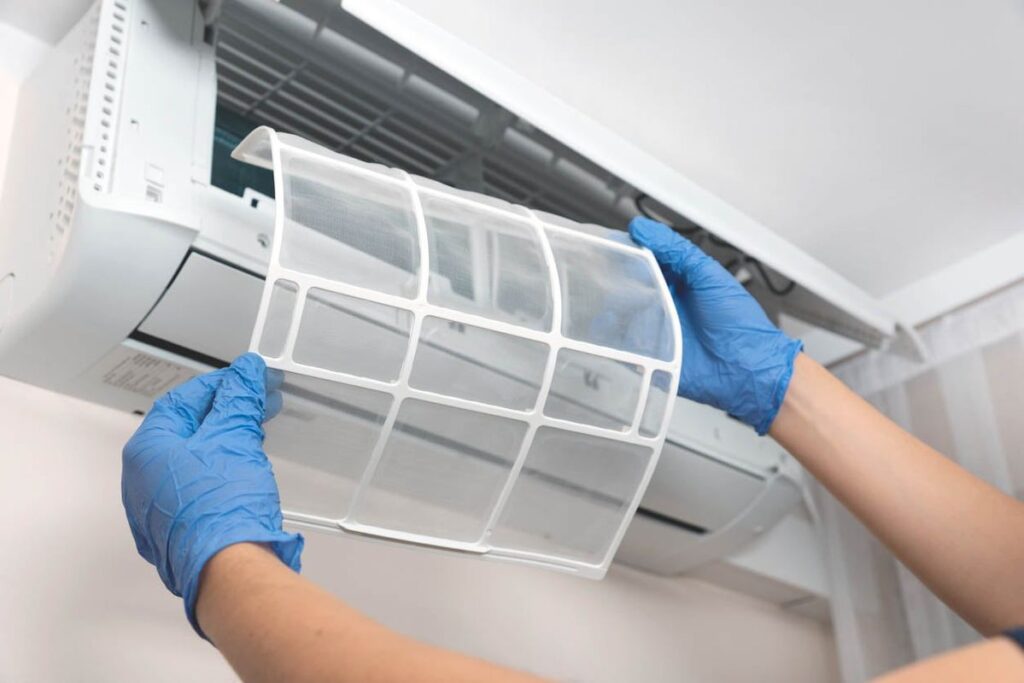
Air filter maintenance plays a crucial role in system performance and indoor air quality. High-efficiency HVAC filters remove allergens, dust, and other contaminants while protecting equipment from damage. The best HVAC systems benefit from quality filtration that maintains airflow while improving air quality.
Filter Types and Replacement Schedule:
| Filter Type | MERV Rating | Replacement Frequency | Best For |
| Fiberglass | 1-4 | Monthly | Basic dust protection |
| Pleated | 5-8 | 2-3 months | Standard residential use |
| High-Efficiency Pleated | 9-12 | 3-4 months | Allergy sufferers |
| HEPA | 13-16 | 6-12 months | Maximum air quality |
| Electrostatic | 8-12 | 3-6 months | Washable, reusable |
Advanced filtration options include HEPA filters, activated carbon media, and electronic air cleaners. Some homeowners also benefit from UV lights for HVAC systems, which eliminate biological contaminants and improve indoor air quality.
Cost Considerations and Energy Savings
Understanding the cost implications and potential energy savings is essential when selecting the best HVAC systems for your home. While high-efficiency units may have a higher upfront price, their ability to reduce energy consumption can lead to substantial savings on utility bills over the system’s lifetime. Considering both the initial investment and long-term benefits will help you make a financially sound choice that keeps your home comfortable year-round.
Initial Investment vs. Long-Term Savings
The best HVAC systems typically require a higher initial investment but provide significant long-term savings through reduced energy costs. High-efficiency systems can reduce utility bills by 20-40% compared to older equipment, with payback periods often ranging from 3-7 years.
| System Type | Initial Cost Range | Annual Savings | Payback Period | 20-Year Savings |
| Regional Minimum (14-15 SEER2) | $3,000-$6,000 | $200-$400 | N/A | Baseline |
| High Efficiency (16-19 SEER2) | $4,000-$8,000 | $400-$800 | 4-6 years | $6,000-$12,000 |
| Premium Efficiency (20+ SEER2) | $6,000-$12,000 | $600-$1,200 | 5-7 years | $10,000-$20,000 |
| Heat Pump Systems | $4,500-$10,000 | $500-$1,000 | 3-5 years | $8,000-$16,000 |
All efficiency ratings reflect SEER2 standards. Energy Star qualification requires SEER2 ≥17.0 for tax credit eligibility.
Available Incentives and Financing
Federal and Local Incentives:
- Federal Tax Credits: Up to $2,000 for Energy Star-certified air source heat pumps (effective 2023-2032).
- Energy Star Requirements: Split systems must meet SEER2 ≥17.0 and EER2 ≥12.0 (as of January 2025)
- Utility Rebates: $200-$2,000 depending on efficiency rating
- State Programs: Additional credits vary by location
- Energy Star Rebates: Manufacturer incentives for certified systems
- Trade-In Programs: Credits for replacing old, inefficient equipment
Financing Options:
- Manufacturer Financing: 0% APR promotional rates available
- Contractor Programs: Flexible payment terms and options
- Home Improvement Loans: Competitive rates for HVAC upgrades
- PACE Financing: Property-assessed clean energy programs
- Utility Financing: On-bill repayment programs available
Many homeowners finance the best HVAC systems through these programs, which often feature promotional interest rates and flexible payment terms that make upgrading more affordable.
Climate Considerations for System Selection
Local climate significantly influences which systems qualify as the best HVAC systems for your home. Heat pumps excel in moderate climates but may require backup heating in extremely cold regions. Central air conditioners prove ideal in hot, humid climates where cooling demands exceed heating requirements.
Humidity control becomes crucial in coastal areas and humid climates. The best systems for these regions incorporate enhanced dehumidification capabilities to maintain comfort while preventing moisture-related issues.
Seasonal Performance Factors
Year-round performance truly distinguishes the best HVAC systems from average equipment. Variable-speed systems maintain efficiency across different operating conditions, while standard systems may struggle during peak demand periods.
Cold-climate heat pumps maintain heating capacity even at low temperatures, making them viable alternatives to traditional furnaces in northern regions. These advanced systems incorporate cold-weather optimization features that preserve efficiency when outdoor temperatures drop.
Indoor Air Quality and HVAC Integration
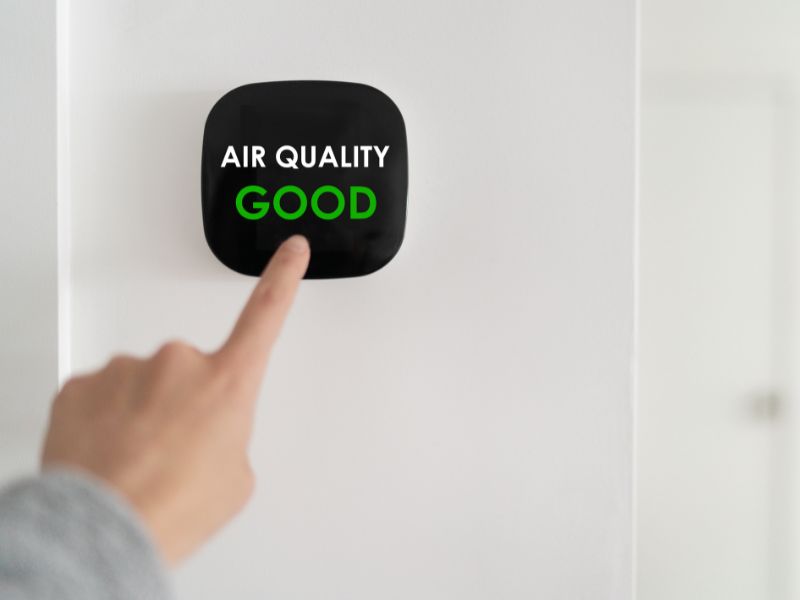
Ensuring good indoor air quality is a simple yet crucial process that can really improve your home’s comfort and health. The best HVAC systems currently available include advanced filtration and humidity control features designed to keep the air inside your house fresh and clean all year round.
Advanced Filtration Systems
- High-performance filters capture particles as small as 0.3 microns, removing allergens, dust, and contaminants.
- Whole-home air purification options include electronic air cleaners, UV germicidal lights, and specialized media filters.
Humidity Control Features
- Dehumidification removes excess moisture during cooling to maintain optimal indoor humidity.
- Whole-home humidifiers add moisture in dry winter months, preventing over-drying while preserving system efficiency.
Future-Proofing Your HVAC Investment
Investing in the best HVAC systems means thinking ahead to ensure your home stays comfortable and efficient for years to come. Future-proofing your system involves choosing technology and features that adapt to evolving needs and innovations.
Smart Technology Integration
The best HVAC systems available today incorporate smart technology that adapts to changing needs and preferences. Internet connectivity enables remote monitoring, predictive maintenance alerts, and automatic software updates that enhance performance over time. Integration with air quality monitors provides real-time feedback about indoor conditions, allowing systems to adjust operation automatically to ensure optimal comfort while maximizing energy efficiency.
Upgradeability and Expansion Options
Forward-thinking homeowners choose the best HVAC systems that accommodate future upgrades and modifications. Modular system designs allow for adding zones, upgrading controls, or incorporating new technology without replacing entire systems, ensuring your investment remains current as technology advances.
Professional Support and Service Networks
Having reliable professional support and service networks is essential to ensure your HVAC system operates efficiently and lasts for years to come.
Manufacturer Support Programs
The best HVAC systems come with comprehensive manufacturer support, including extended warranties, training programs for service technicians, and readily available replacement parts. This support ensures reliable operation and prompt service when needed.
Many manufacturers provide direct technical support and troubleshooting assistance, helping resolve issues quickly and efficiently. This support network proves invaluable for maintaining system performance and protecting your investment.
Local Service Availability
Reliable local service distinguishes the best HVAC systems from equipment lacking adequate support infrastructure. Certified technicians trained on specific equipment provide knowledgeable service and genuine replacement parts when needed.
Establishing relationships with qualified service providers ensures prompt attention when issues arise. Many contractors offer service agreements that provide priority scheduling, discounted repairs, and regular maintenance reminders.
Conclusion
Selecting the best HVAC systems for your home requires careful consideration of efficiency ratings, features, and long-term value. High-performance systems from reputable manufacturers like Carrier, Trane, and Lennox provide optimal comfort while reducing energy costs and environmental impact. The investment in quality equipment pays dividends through improved comfort, lower utility bills, and enhanced home value.
Ready to upgrade to one of the best HVAC systems available? Contact us at Callidus Air for expert guidance on selecting and installing the perfect system for your home’s unique needs.
Frequently Asked Questions About the Best HVAC Systems
Choosing the right HVAC system can raise many questions, especially with the variety of options and features available today. This FAQ section addresses some of the most common queries to help you make informed decisions about the best HVAC systems for your home.
What SEER2 rating should I look for in the best HVAC systems?
The best HVAC systems typically feature SEER2 ratings of 15 or higher to exceed regional minimums, with premium models achieving 20+ SEER2 for maximum efficiency and energy savings. For Energy Star certification and tax credit eligibility, look for SEER2 ≥17.0.
What’s the difference between SEER and SEER2?
SEER2 replaced SEER in 2023 with updated testing that better reflects real-world conditions. SEER2 ratings are typically 5-10% lower than equivalent SEER ratings, but provide more accurate efficiency predictions.
How often should I replace air filters in high-efficiency HVAC systems?
Replace standard filters every 1-3 months, depending on usage and air quality. High-efficiency filters may last longer, but should be checked monthly during peak operation periods.
Do the best HVAC systems require special installation procedures?
Yes, high-efficiency systems require precise installation, including proper sizing, refrigerant charging, and ductwork optimization to achieve rated performance levels.
What’s the typical lifespan of the best HVAC systems with proper maintenance?
Quality HVAC systems with regular professional maintenance typically last 15-20 years, with some premium models exceeding 25 years of reliable operation.
Can I upgrade my existing system to include smart home features?
Many existing systems can be upgraded with smart thermostats and controls, though the best HVAC systems designed for smart integration offer more advanced features and seamless operation.

